The content of the article
One of the traditional ways of harvesting fruits and vegetables for long-term storage is drying them. Initially, it was carried out in the open air under the sunlight, or under a canopy in the shade - this method could not boast of high speed and high performance. Today, for this purpose, special electric devices are used - infrared and convection dryers, widely used in everyday life and characterized by ease of use.
The purchase of such a device can significantly simplify the life of a summer resident and a gardener who is looking for ways to efficiently process the crop with a minimum of costs and losses. With its help, you can dry up large batches of mushrooms and herbs, vegetables and fruits in your home without much hassle and in a short time, as well as make candy and fruit and cereal bars, dried meat and fish.
Convection dryers and their design
One of the two most common types of household dryers for vegetables, fruits and other products are convection-type dryers. Translated from Latin, the term "convection" means "movement", in this case - heated air in the internal space of the device. The principle of operation of the device is based on blowing the dried products with hot air flow, the use of which allows to achieve uniform and fast drying, with the same temperature in all points of the working volume of the dryer.
The design of the convection dryer consists of the following elements:
- An electricity source of heat.
- Motor with impeller to create air flow.
- External and internal case.
- 3-6 perforated trays.
From above trays can be covered with a plastic cover. The hull form of such devices, and, accordingly, the pallets used inside them, is very different - round, rectangular, oval, polygonal. In simple classic rectangular models, the fan is in the side or rear, and in round and polygonal models - at the bottom, located directly below the trays.
Also on sale you can find convection dryers, the design of which has the top location of the fan. Such their structure allows to provide one hundred percent protection against accidental flooding of an electric motor with juice emitted from fruits or berries. No worse than protected from liquids and rectangular versions with side and rear fan. However, the modern cylindrical models, in which the engine is located in the lower part, under the pallets, are also excellently protected from moisture.
Control in convection and any other models of fruit and vegetable dryers is carried out through the use of mechanical and electronic devices - depending on the specific model, these can be handles protruding from the case, touch buttons, keys, pressure sensitive liquid crystal displays. Electronic options are more expensive than simple mechanical ones, but at the same time, they are more convenient to use, and also offer an expanded set of functions available, have the ability to fine-tune and stylish appearance. But, at the same time, they are much more difficult to repair - in the event of a breakdown, the problem can be handled, unlike the malfunctioning of simpler and cheaper mechanical analogs, only in service.
Pros and cons of convection dryers
The main advantage of household dryers of convection type is the optimal ratio of price and practicality. A number of models contain several heating elements at once - two or more - this allows to significantly increase the efficiency and speed of their work, as well as to facilitate the regulation of the temperature mode used.On the other hand, such devices are significantly more expensive, and their use is justified only if necessary to constantly process large volumes of products.
The advantage of round dryers are more compact sizes, compared with rectangular options, as well as a more attractive and ergonomic design. Models of the traditional form are made from metal or food grade plastic, while cylindrical versions are mainly made exclusively from plastic. The advantage of metal is increased strength, minus - large mass and cost. Due to considerable weight, the transportation of a dryer with a metal casing to the cottage or from the cottage can only be carried out in a car. Plastic cases are much easier, cheaper and more mobile.
The most well-known and undeniable disadvantage of convection dryers is the need to periodically change the lower and upper perforated trays for models whose fan is located below or above, or to regularly pull and insert another side of the pallets for models whose fan is located behind or at the side. Such a minus is due to the nuances of the design,not allowing to guarantee uniform drying of vegetables and fruits without the use of the above operations.
Infrared dryers and their design
This is a more modern solution, compared to the classical convection models, in which the process of drying products is carried out not by blowing hot air, but by exposure to infrared rays. Such processing is more efficient and thorough - drying of raw materials is carried out not only from the outside, but also from the inside. The design of the device consists of the following elements:
- One or more infrared emitters.
- Closed housing with control panel.
- Low pallets (trays) for placing products.
Each pallet is equipped with its own infrared element, as a result, such dryers can not boast of an affordable price, which directly depends on the number of baking trays - the more they are, the higher it is. As a rule, all such models have a timer-controlled automatic shut-off function, as well as a built-in thermostat that allows you to adjust the operating temperature in the range from 40 to 70 degrees.
Pros and cons of infrared dryers
The main advantage of such devices, due to which they have a significant advantage over classical convection models, is a more gentle drying of vegetables, berries, fruits and other processed products. Infrared processing, compared with a simple heat, allows you to save much more vitamins and other substances useful to the body. The main and very noticeable lack of equipment is its extremely high cost - it can exceed the prices of dryers, which work on the principle of convection, several times.
Dryer selection criteria
When buying a dryer for vegetables and fruits, it is necessary to pay attention to a lot of nuances so that later you do not regret the choice made.
- It is not recommended to buy the cheapest versions of convection dryers, equipped with heating elements, but at the same time to simplify the design, not having an electric motor with a fan. Yes, they are unusually cheap, but such savings are adjacent to the low efficiency of their use, which does not withstand any criticism.The fact is that the absence of airflow leads to the need to put inside heaters of low power, the use of which increases the duration of the drying process several times.
- As for the manufacturer, it is recommended to purchase products from proven domestic and foreign brands with a good reputation, having first read the reviews and customer reviews. You should not be tempted by low prices for dryers from unknown companies - it is quite possible that they use ordinary and not food grade plastic, which gives off a strong odor and a large amount of toxins that are dangerous to the body when heated.
- Typically, the average power of commercially available models of dryers is in the region of about 350 watts. The actual performance of the device directly depends on the power of the device - for example, a dryer with a power of 200 watts will spend about twice as much time on processing than a variant with a power of 400 watts. It is also necessary to understand that only models with a capacity of 450 watts and above can cope with the performance of such tasks as drying of thinly sliced meat and slaves.
- One of the important parameters of the choice of the dryer is the depth of the tray.The lower the height of the pallet walls, the faster the other baking trays located above it will warm up. On the other hand, the deeper it is, the greater the volume of products that can be subjected to simultaneous drying. The specific option is selected depending on the upcoming conditions of use. For example, if you plan to dry mainly mushrooms, which are usually not cut into small pieces, then the best solution would be a device with deep pallets. But for the drying of medicinal herbs or green tea there will be enough trays with low sides.
- When buying, preference should be given to models equipped with a built-in thermostat with the ability to smoothly adjust the temperature - instruments with a fixed stepwise adjustment in several values are less versatile in use. The dryer with a step thermostat does not allow to choose any heating temperature for every taste, offering only a few preset values - for example, at 30, 50 and 70 degrees. In case of her choice, you should make sure that the thermostat has at least 3 steps.
- Also, when buying a household dryer for vegetables and fruits, you need to consider where it will be used most of the time - in a city apartment or in the countryside (at a cottage or in a private house).The probability of unexpected power cuts and sudden power surges in the country is much higher, so for country use it is best to buy a dryer with mechanical control, as more advanced and modern models with LCD displays and electronic boards in conditions of unreliable operation of electrical networks often fail.
Video: how to choose a dryer for vegetables and fruits

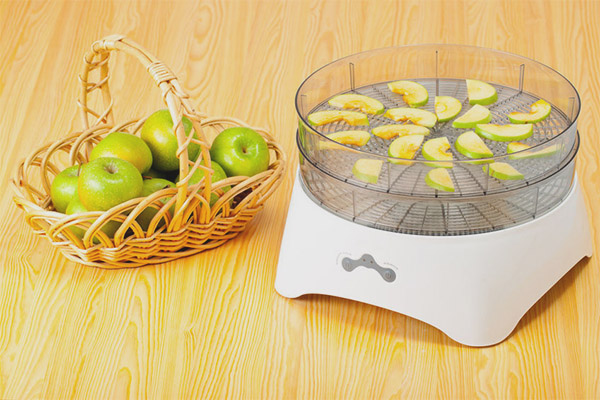
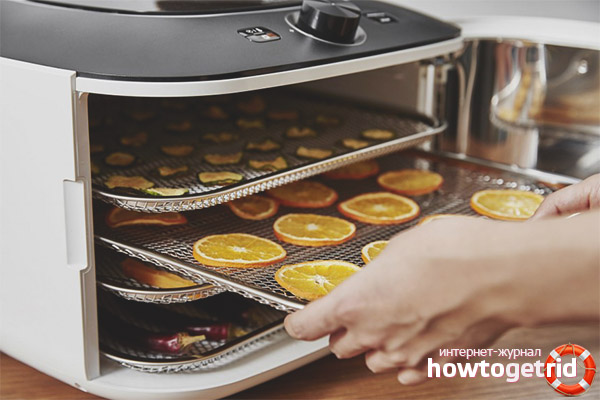

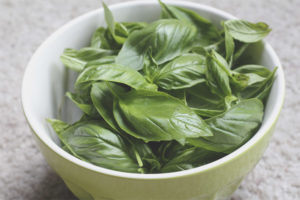
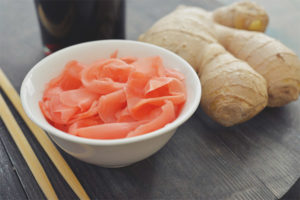

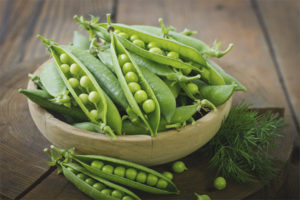

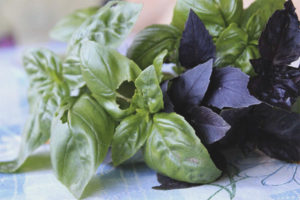
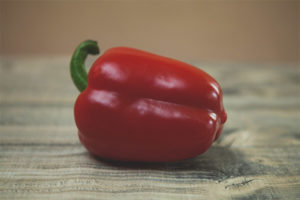
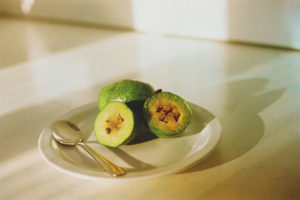
To send